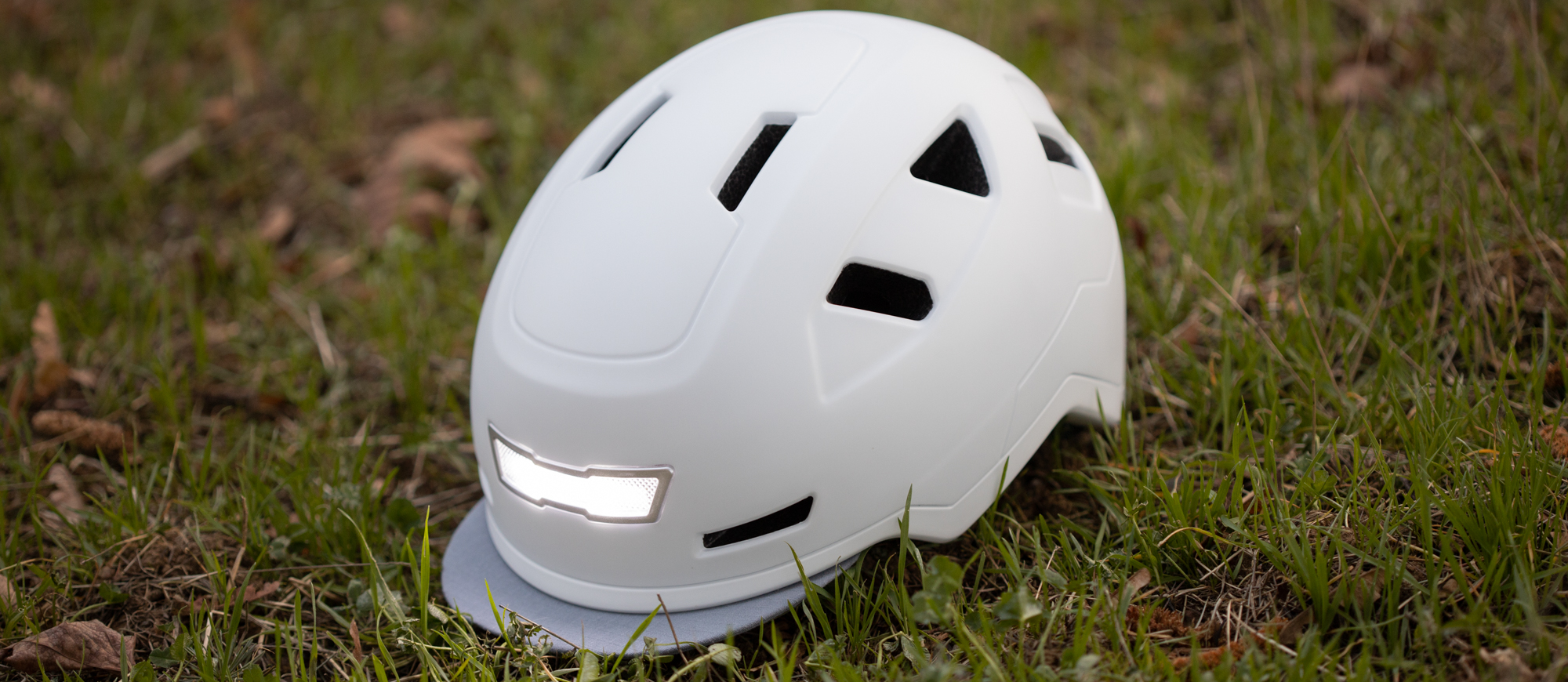Cyclingnews Verdict
Low weight, an included fabric brim, magnetic buckle, and integrated lights are all selling points for the Xnito helmet but the main reason to buy one is the inclusion of Dutch NTA 8776 certification covering e-bikes that max out at 45kph/28mph. They aren’t alone in that offering though and the competition feels better while also offering rotational impact protection. There are still reasons you might choose this one but think hard.
Pros
- +
Low weight compared to competition
- +
Extensive colour choices
- +
Fidlock magnetic buckle
- +
Integrated lights both front and rear
- +
Included fabric brim
- +
USB-C charging
- +
Vertically adjustable rear cradle
Cons
- -
Lacks rotational impact protection
You can trust Cyclingnews
If you are considering an e-bike, that's amazing. They are incredibly fun and an excellent way to reduce the number of times you might feel the draw of automotive transport. E-bikes make riding more accessible to more people in more situations and, like all bikes, they are safe. We still suggest wearing a helmet though and given that e-bikes tend to be heavier and faster, you might want something specific. We've got our list of the best e-bike helmets available but a new option has come to light.
Xnito is a young American brand and the brand promises extra safety for those riding e-bikes. The claims hinge on a Dutch certification called NTA 8776 that's meant for speeds up to 45kph/28mph but certifications don't tell the whole story. In fact, I was lucky enough not to test the crash ratings during my time with this helmet but I do have some other details to share. If you find yourself riding a higher-speed e-bike, keep reading to see if the Xnito helmet is the one that might make sense for you.
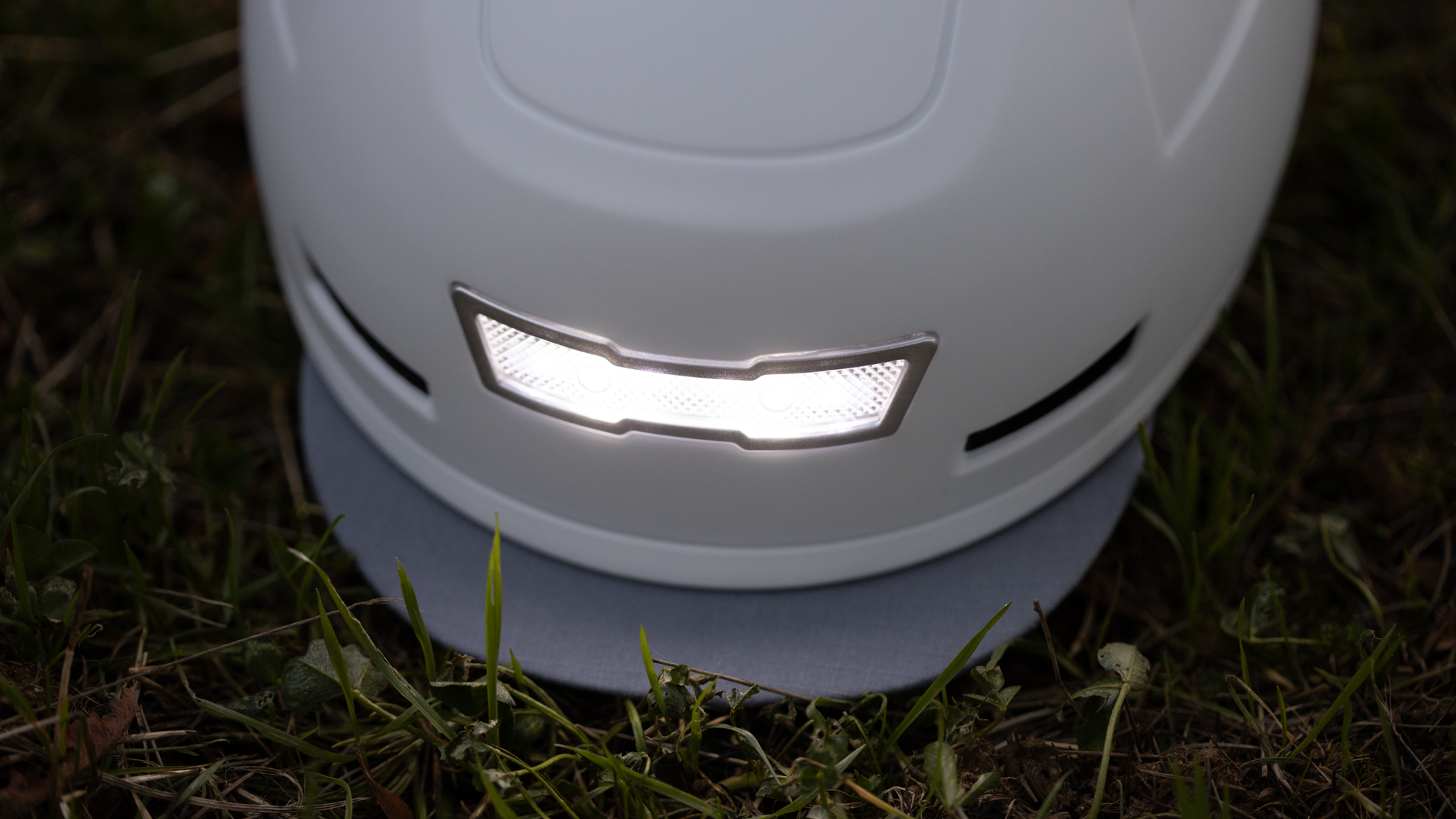
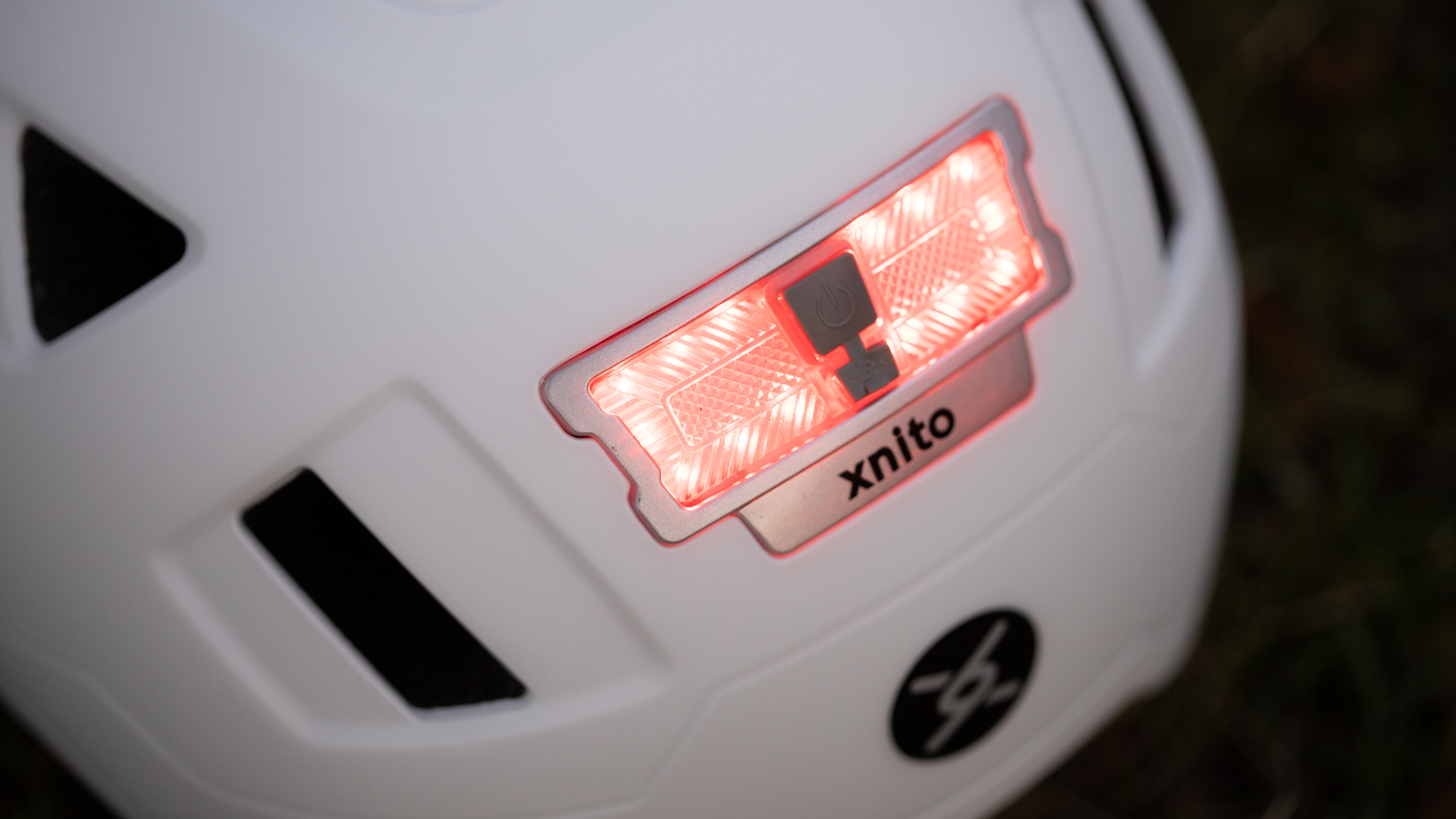
Design and aesthetics
Xnito isn't a company that's been around for a long time. The brand hit the market in 2020 as an offshoot of a completely unrelated tech consultation company. Essentially, the larger company developed Xnito as a model of how to run an efficient business. It was just proof of concept but those involved decided to run with it and Xnito launched into the world. The unique selling point, in this case, is a relatively unknown Dutch helmet certification called NTA 8776 that focuses on protection at higher speeds.
Depending on where you are in the world, this might be irrelevant to your experience. In the US many, if not most, e-bikes available have a max assisted speed of 28mph. Cruising at that speed is somewhere between a motorcycle and a bicycle so it makes sense to consider that need when designing an e-bike helmet.
All helmets sold for sale in the US have to carry a CPSC (Consumer Product Safety Commission) certification. The tests ensure that helmets meet standards related to peripheral vision, positional stability, dynamic strength of retention system, and impact-attenuation tests. That last one is where the Dutch certification changes things a little by requiring a higher drop height for impact testing and requiring more coverage on the lower parts of the helmet.
In practical terms, you can't visually see a difference because of the impact test change but you can see more coverage around the sides. The Xnito helmets match the coverage for skate-style helmets and the profile looks almost exactly the same as a Nutcase helmet, and similar to other skate-style helmets. There is also another similarity to Nutcase as well. Like Nutcase, Xnito seems to put a premium on pure style.
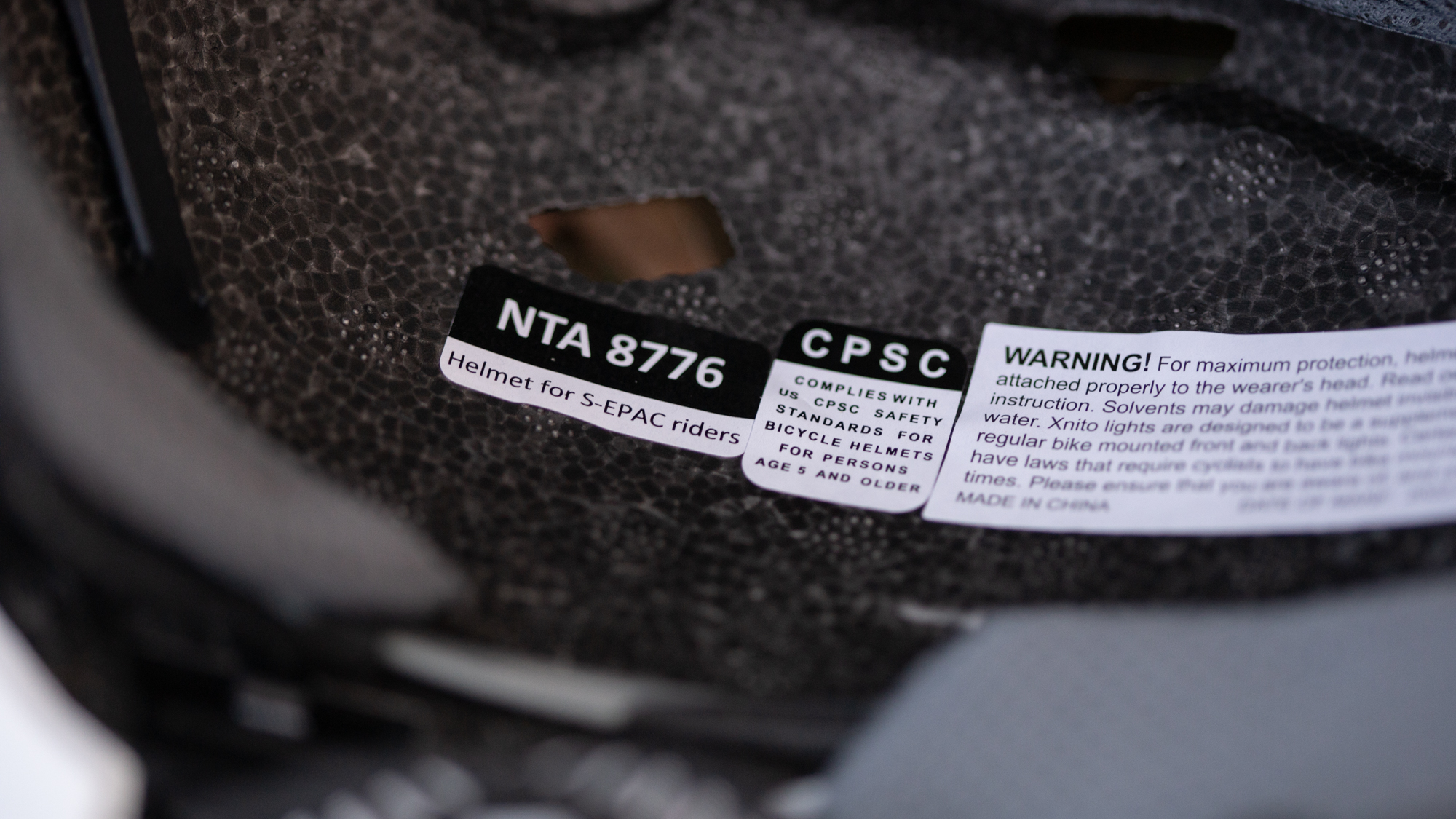
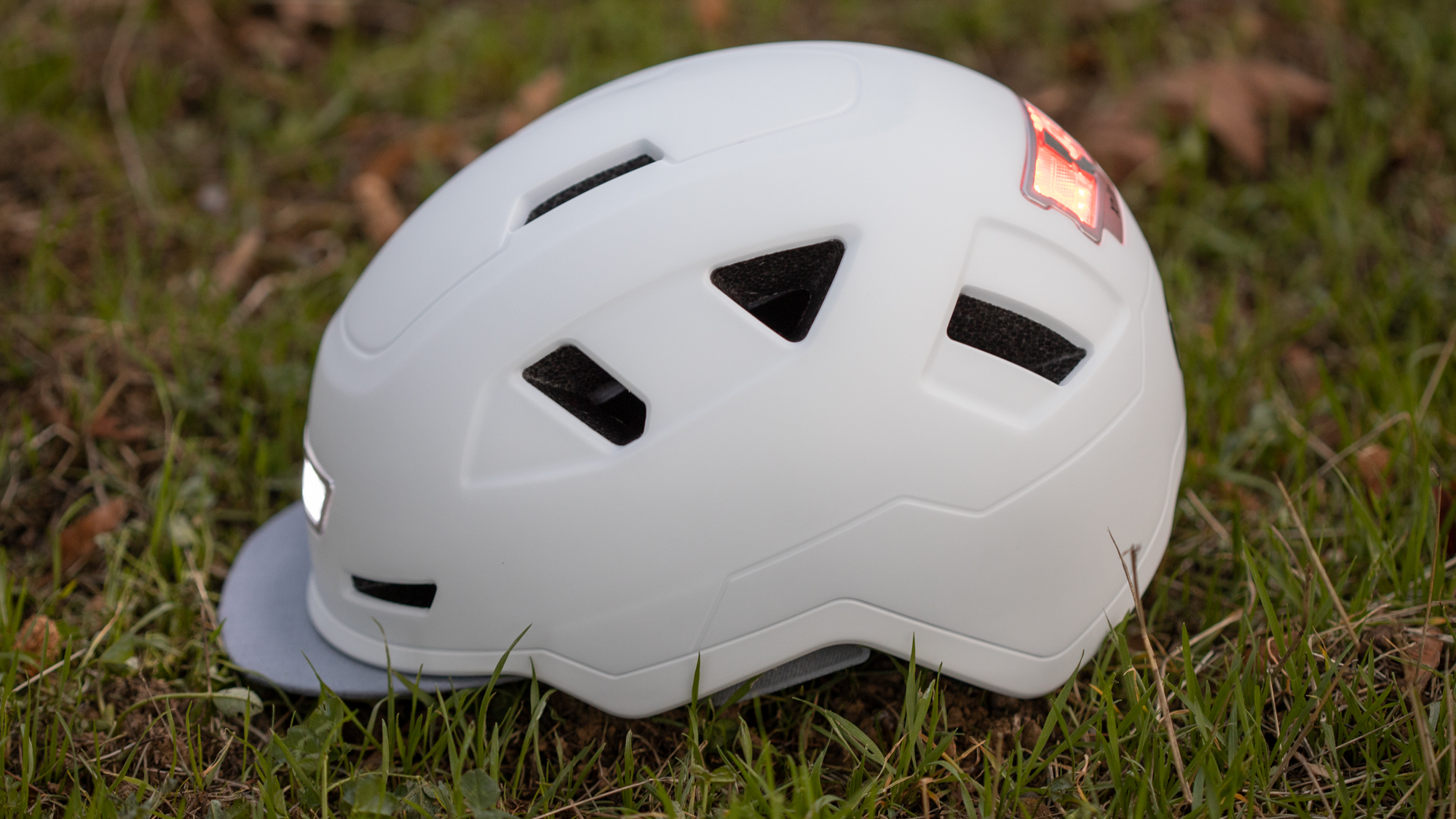
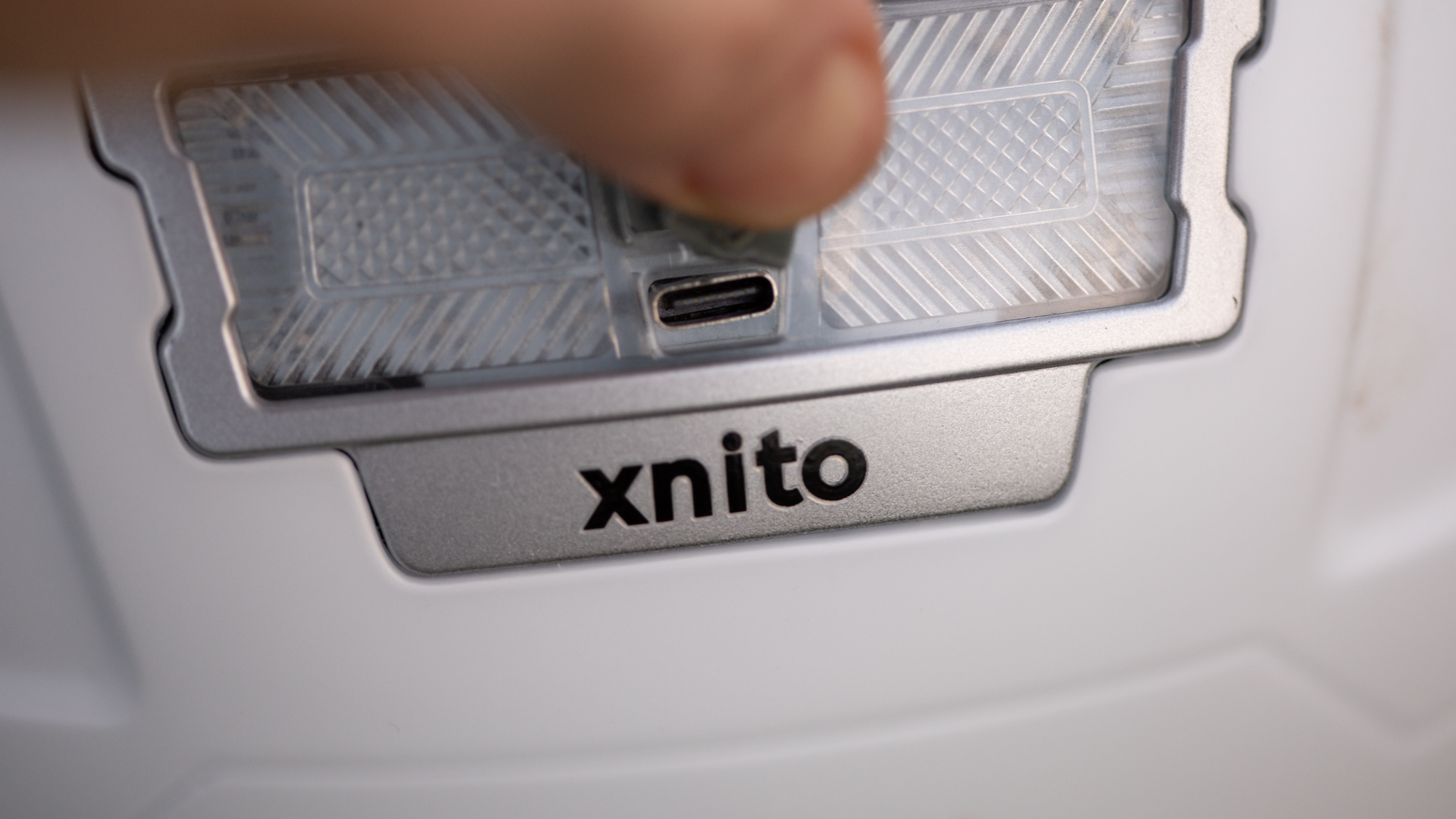
The specifics of what that means is a little different but Xnito offers seven options. Each option is a bit less wild than Nutcase and instead takes a more graphic approach with patterns and colours. Right now the Old School collection is on offer, the palette seems to pull from the 1970s and most of them have a matte finish as well. If you want a simple white, that's Lightning and one of three using only a single colour through the whole helmet.
Even if you've chosen one of the single-colour options, there's still plenty to break it up. Aesthetically there are a series of lines and depressions that add movement while also highlighting the shape. In particular, the details highlight the seven vents with two up front, two on top, a pair on each side, and a final exhaust vent at the back on each side. There is also a front and rear light with a USB-C charging port next to the power button in the centre of the rear light.
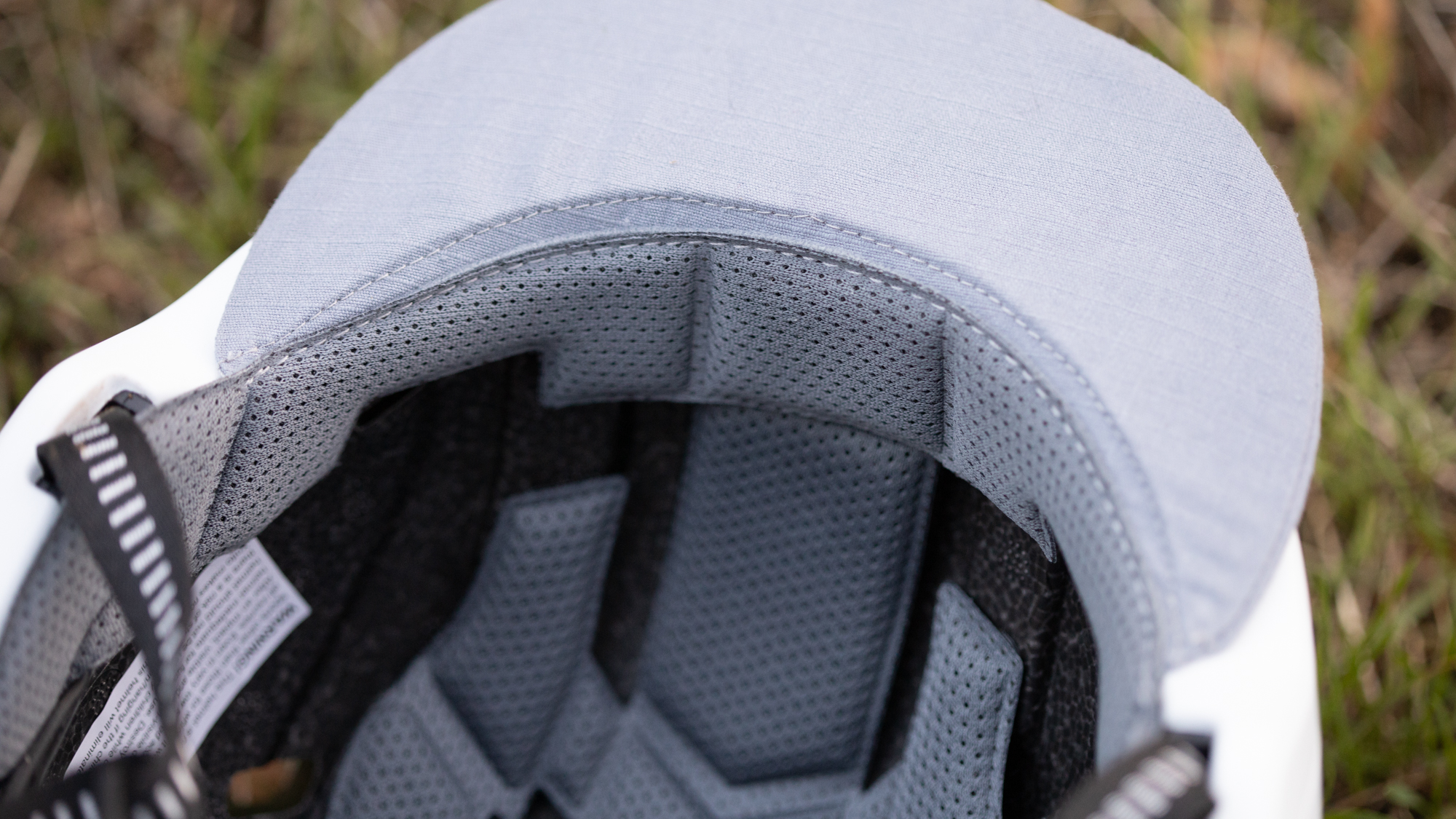
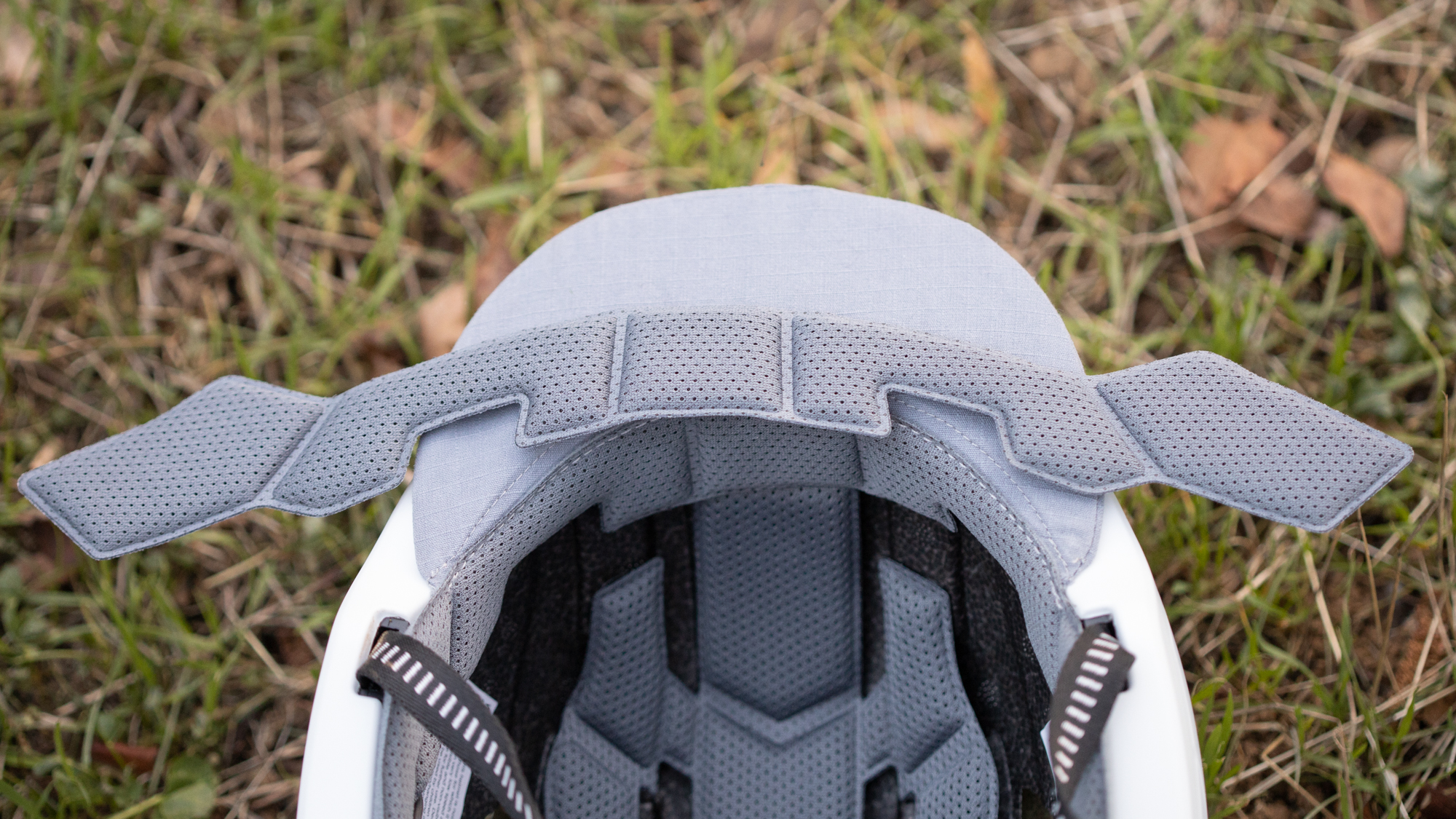
Performance
There are three size options but, oddly, they don't carry a small, medium, and large name. Instead, you can choose between medium, large, and extra large. With that said, for me, they fit in the same way as the standard S/M/L and so I'm able to wear size M, even though I usually wear a Small in other brands. In the end, if you allow that some brands want to call a Large an XL and others prefer to say Venti, the important thing is that the guidance matches. My head measurement falls within the recommendation for Medium so go ahead and measure then use the recommendation and you should be good.
Once you get the helmet out of the box, the next thing is going to be adjustments and Xnito does an excellent job here. Like helmets from Trek, Nutcase, and a few others, the buckle is a Fidlock magnetic buckle that easily slides into place. From there, the two sides of the buckle system aren't connected and I always find this the best arrangement. If you need to adjust how far forward the strap sits, move the guide below the ear. Tightening the strap happens at the Fidlock buckle and there's no need to readjust back through the whole system. This does limit max adjustment but as I said, it's simple. Once things are in place, there's a Velcro pad that covers the strap under the chin.
You'll also need to decide, though not forever, if you'd prefer to add a brim or not. As it comes in the box, there's a forehead pad that wraps around to the side. To add the brim, pull that out and swap in the matching pad that also has a brim. The Velcro that holds the pads in doesn't hold all that tight to the interior of the helmet so it may come off with the pad. I just stuck mine back in place but Xnito also supplies extra Velcro dots to replace them if needed. I think I'd prefer they stay put but the solution is a nice mitigation strategy.
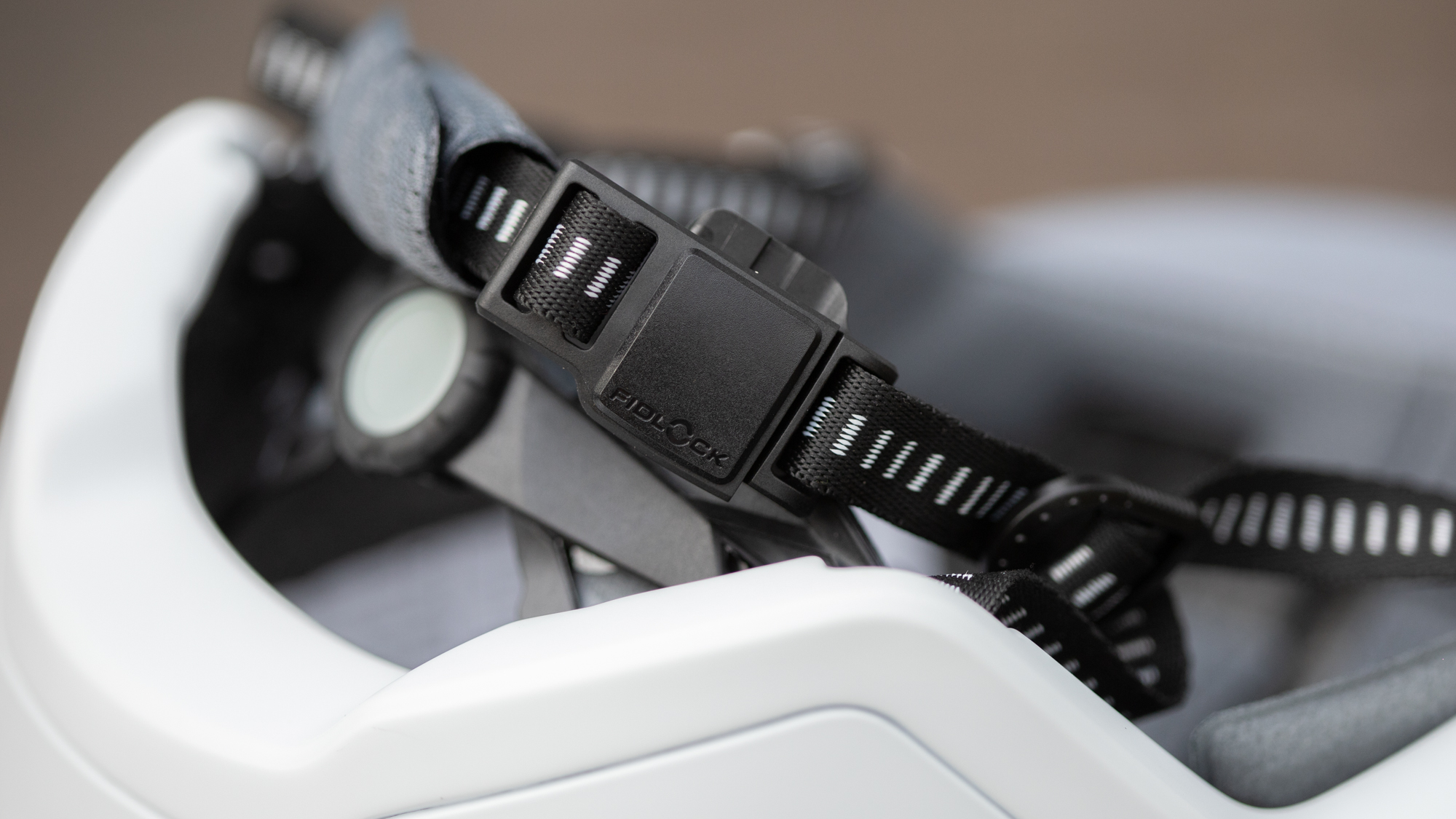
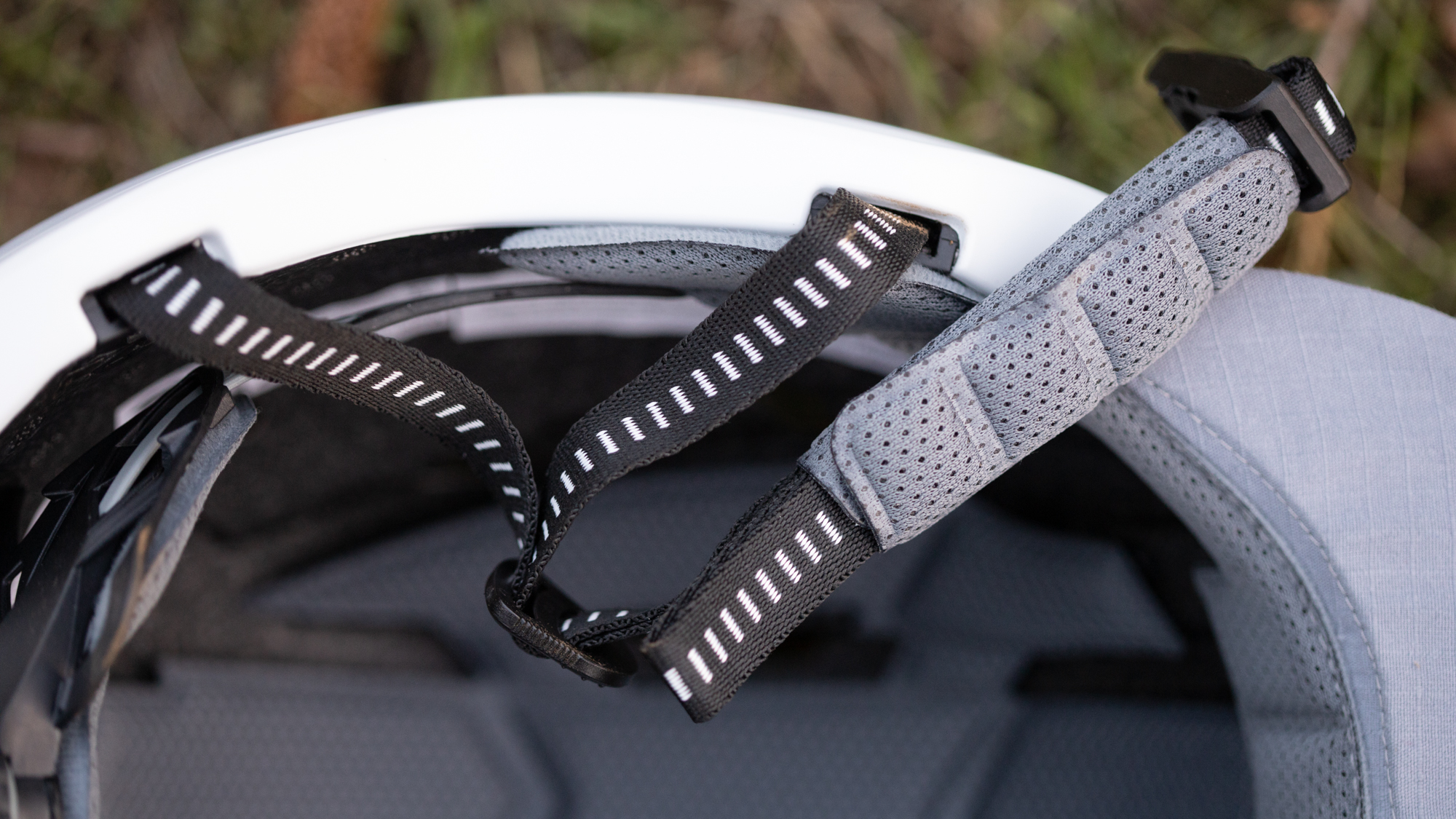
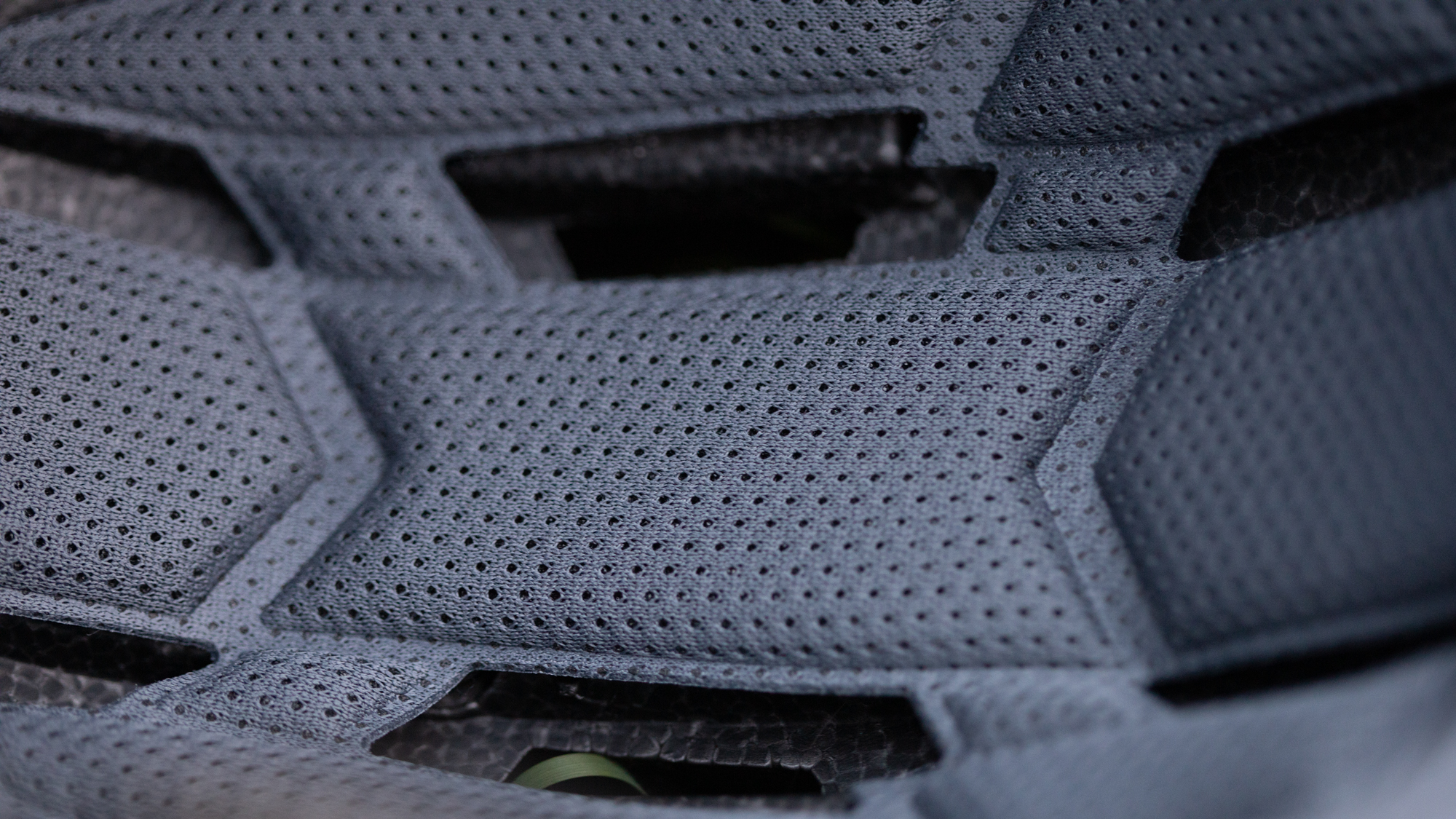
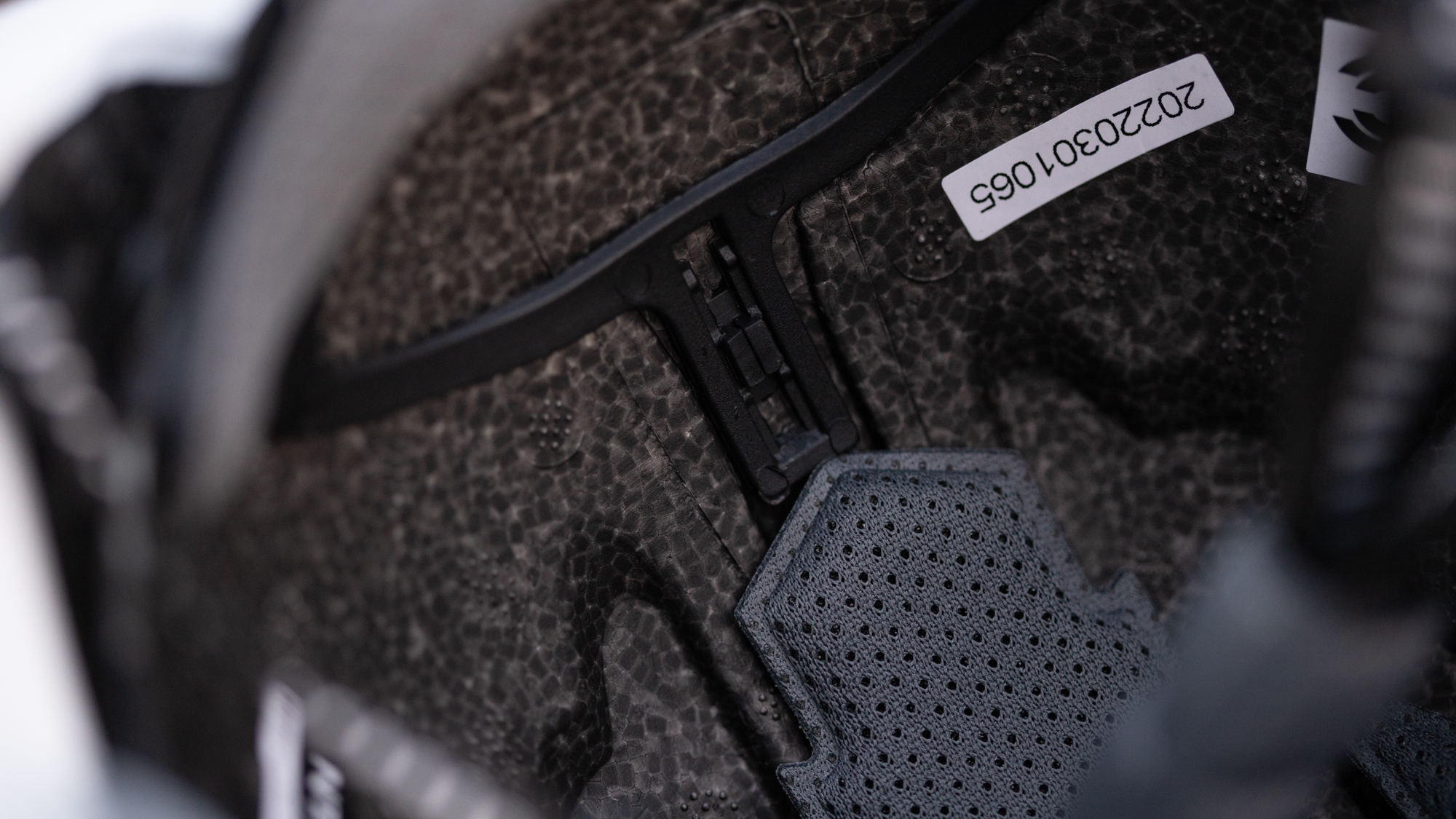
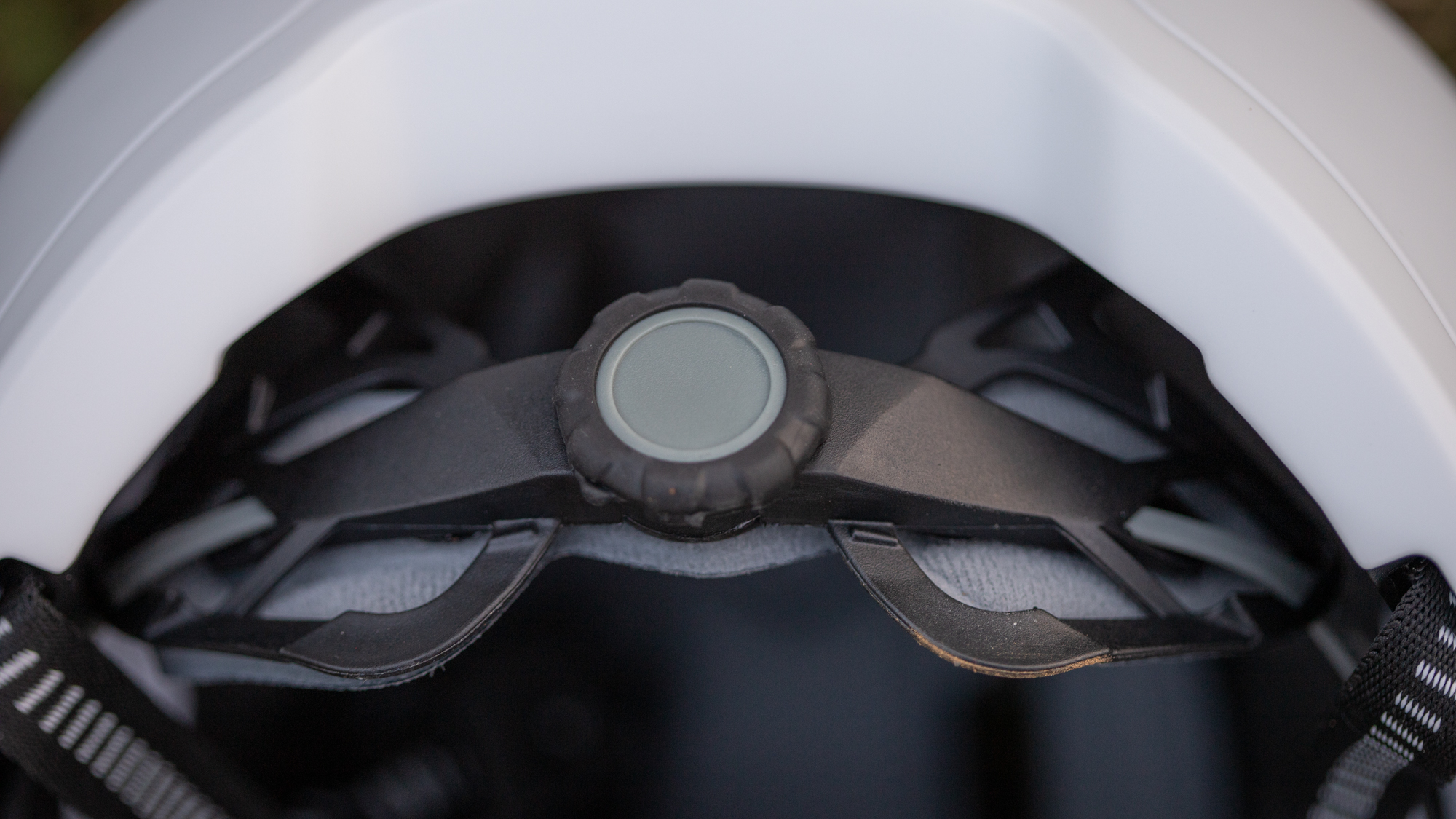
At the rear, the rear cradle is a bright spot. It might be a funny thing to dwell on but I always like when the rear cradle comes down low and holds tight to the rear of the head. Xnito has added height adjustability into theirs and the buckle to adjust how tight it is feels great in the hand. The pieces that sit against the rear of the skull are also wide and well-padded.
When it comes to the lights, things are a bit less bright. A single press turns on the front and blinks the rear. Another press switches the rear to solid and a third switches the rear to what Xnito calls a wave pattern. It doesn't hurt to have them but they aren't bright enough to add a lot of passive safety and the front will not substitute for an actual bike light.
Another point of concern is the amount of ventilation. As I write this review, it's barely above freezing. I can promise you that I did not overheat and I might actually prefer if I was also testing the available winter liner accessory. That said, it seems like ventilation is on the low side. Air does flow, but the inlet and exhaust are lacking a bit compared to even something like a Nutcase which uses much larger front and rear openings. Given the expected use of 28mph without much work, it's probably less of an issue than some helmets but it's worth consideration.
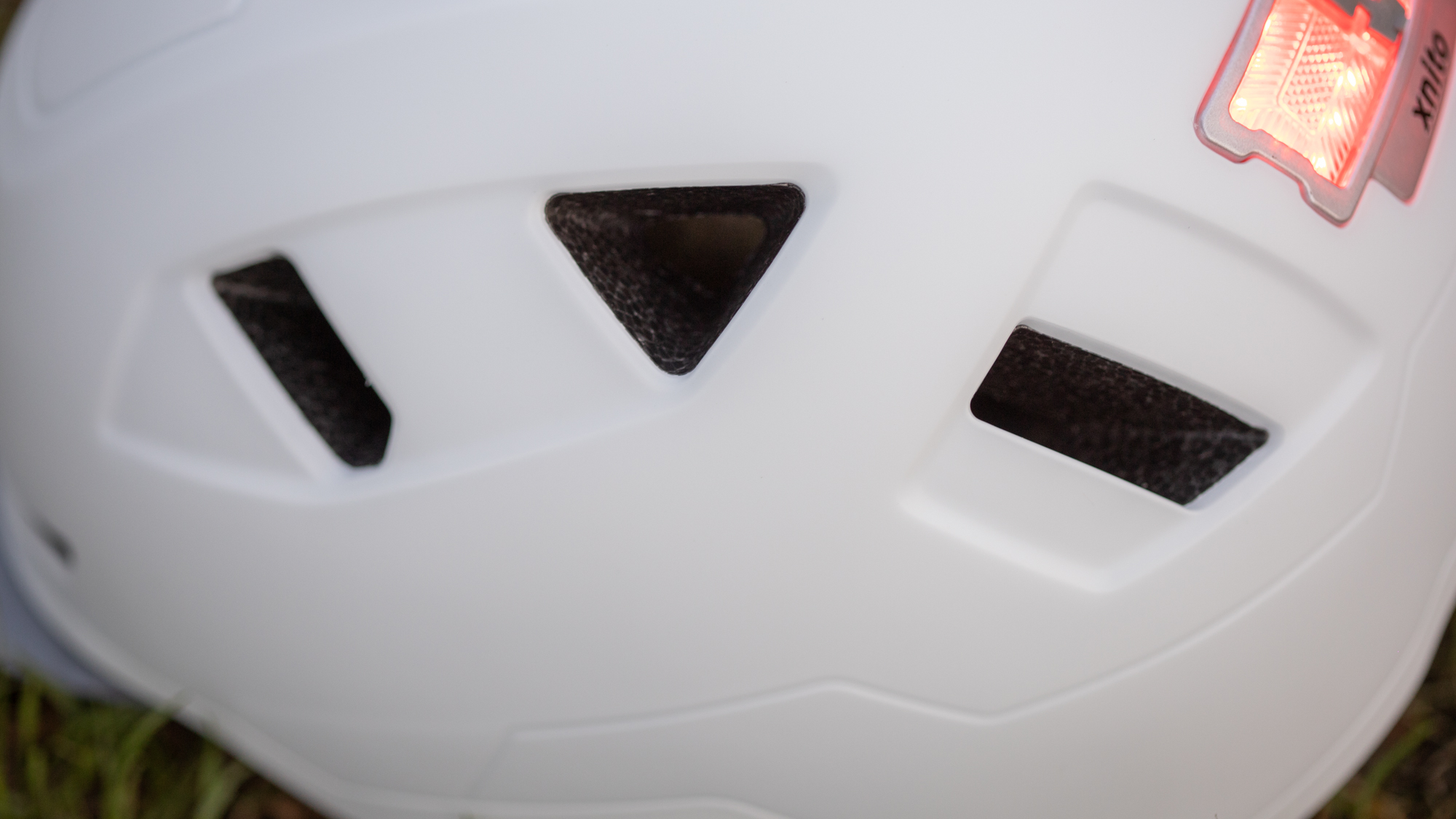
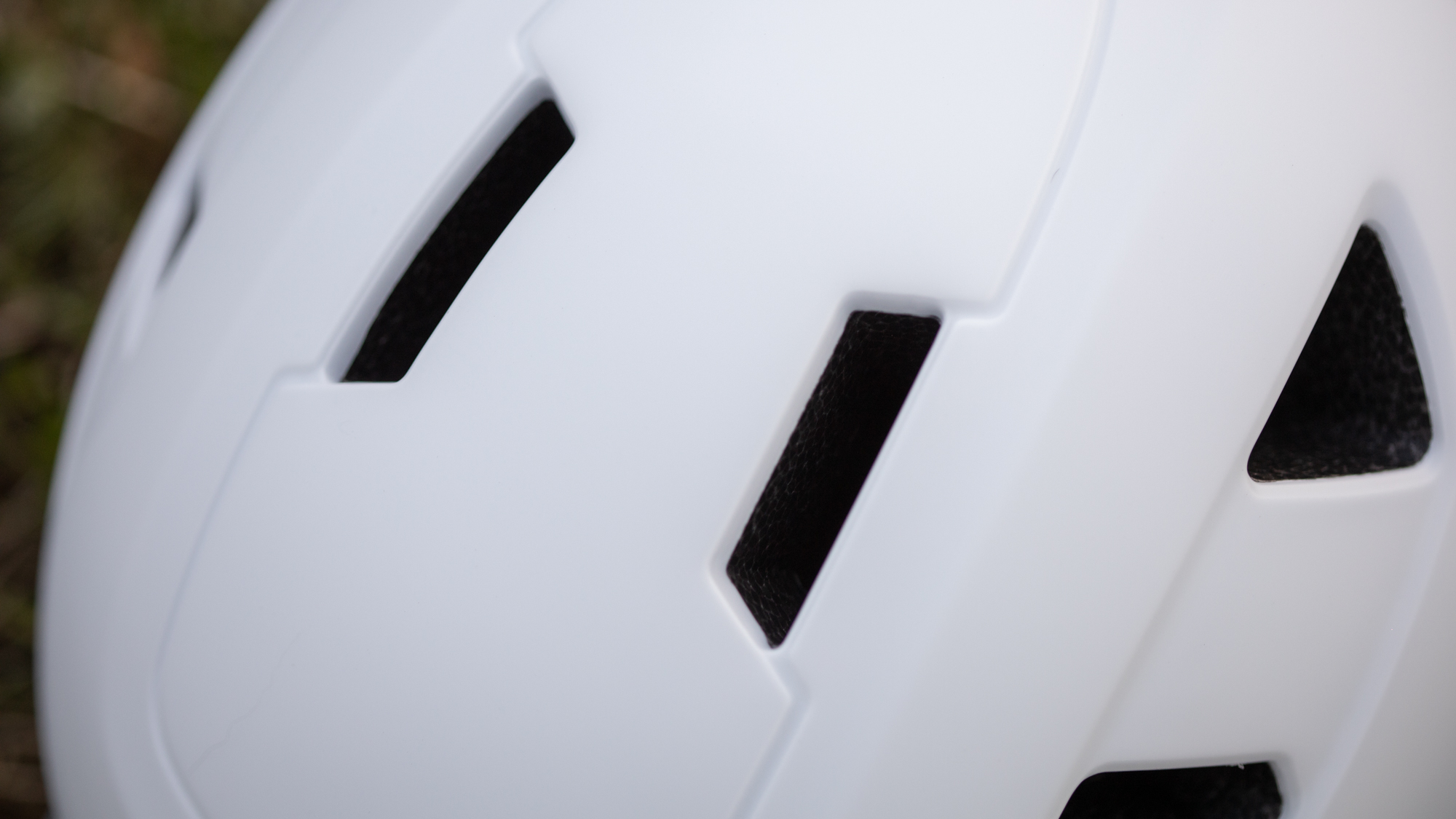
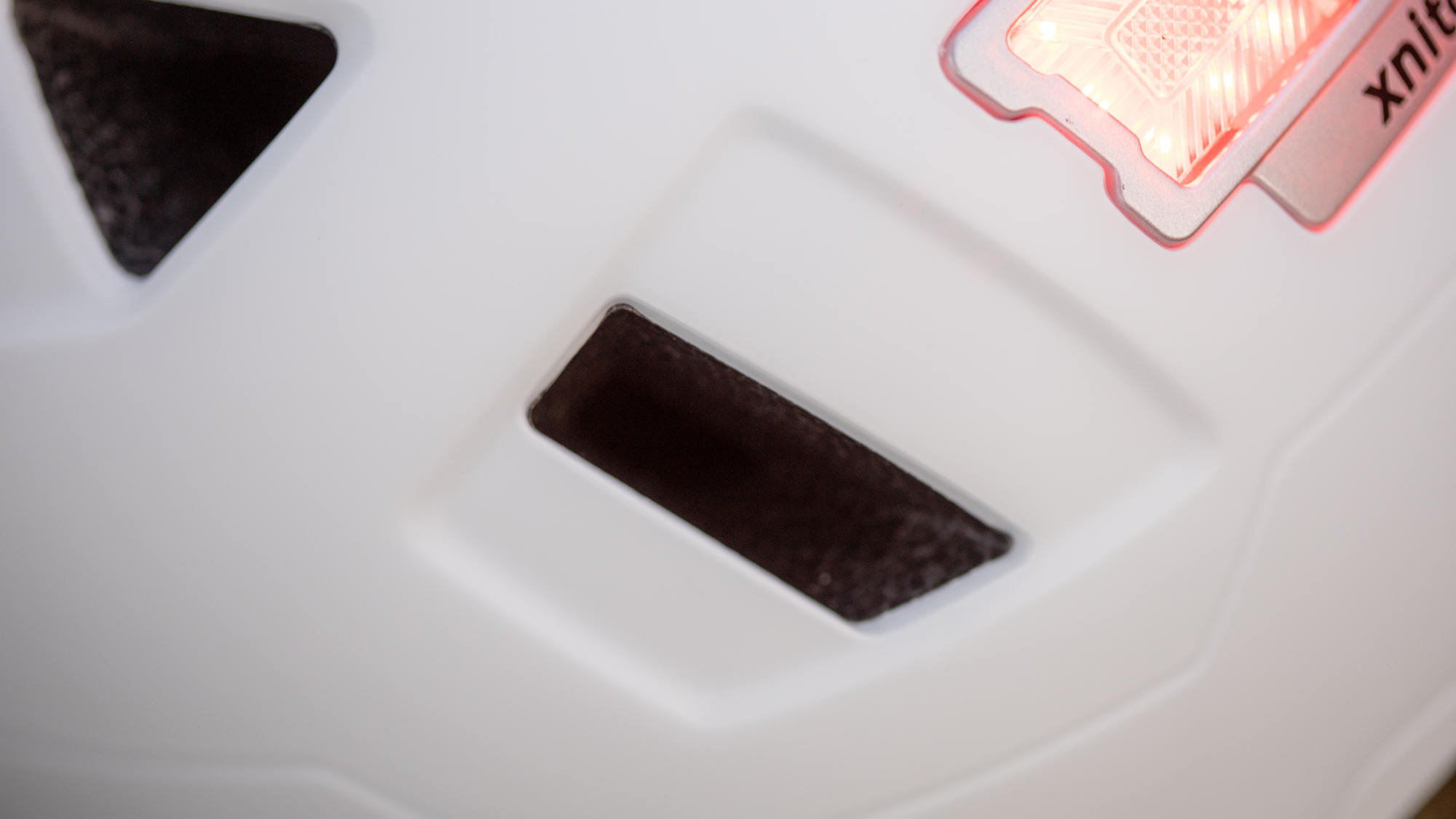
Verdict
Like aerodynamic claims, I can't test the importance of adding an extra certification to an e-bike helmet. Dutch authorities felt it was necessary so that's a good sign. It also doesn't take anything away from the helmet. In fact, more coverage is a general trend covering many of the best commuter bike helmets. That means, without smacking my head against the pavement, I'd generally think having the NTA 8776 certification is a good thing.
It also comes along with a well-made and comfortable helmet. Helmets are fashion too so it's always nice to have plenty of colour and design choices and I’m a fan of having a brim. If you view the Xnito helmet in a vacuum it's a definite buy, however, unfortunately it doesn't exist in a vacuum and things are less clear when compared to the competition.
One glaring omission from the features Xnito offers is some type of rotational impact technology. Commonly that means MIPS but not always. When pressed on the subject, Xnito shared information from the Snell Foundation that questions the need for rotational impact (PDF link with relevant info starting at page 12). To me, it sounds a lot like the stance that Kask is taking as well so perhaps there's something to that. Still, none of these companies is alone in the market.
Specifically, Giro has a strong suite of competitors. The Giro Escape MIPS is my favourite urban helmet and that helmet costs less, the lights are brighter, and the pads are higher quality. That helmet is also much heavier but more importantly, even though it lacks the NTA-8776 certification, it does have MIPS. If the certification is important then the Camden does have it, as well as MIPS, plus a better rear light, and the price matches but again, it's much heavier.
As you can see, there's no clear winner in this grouping of similar helmets. Virginia Tech has no testing data for any of them, the pricing is all very similar, and they each have positives and negatives. It makes sense to choose Xnito if you don't mind passing on rotational technology and you like the combination of lightweight and fun designs.
| Design and aesthetics | There are some great visual designs and it’s generally a well-thought-out helmet. The lights are a drag on the whole design though. | 7/10 |
| Comfort | It’s a comfy helmet but the pads that Giro uses are much higher quality. | 7/10 |
| Ventilation | Workable, especially at speed, but it’s not a well ventilated helmet. | 7/10 |
| Safety | There’s plenty of coverage and the whole point of this helmet is the extra safety certifications. It would be nice to see rotational impact technology and/or Virginia tech testing though | 9/10 |
| Value | For a helmet lacking rotational technology it’s on the premium side. | 6/10 |
| Overall | Row 5 - Cell 1 | 72% |
Tech Specs: Xnito Bike Helmet
- Price: $150
- Estimated run-time: Up to 10-hours
- Charging Port: USB Type-C
- Weight: 396g as measured in size L
Josh hails from the Pacific Northwest of the United States but would prefer riding through the desert than the rain. He will happily talk for hours about the minutiae of cycling tech but also has an understanding that most people just want things to work. He is a road cyclist at heart and doesn't care much if those roads are paved, dirt, or digital. Although he rarely races, if you ask him to ride from sunrise to sunset the answer will be yes. Height: 5'9" Weight: 140 lb. Rides: Salsa Warbird, Cannondale CAAD9, Enve Melee, Look 795 Blade RS, Priority Continuum Onyx
